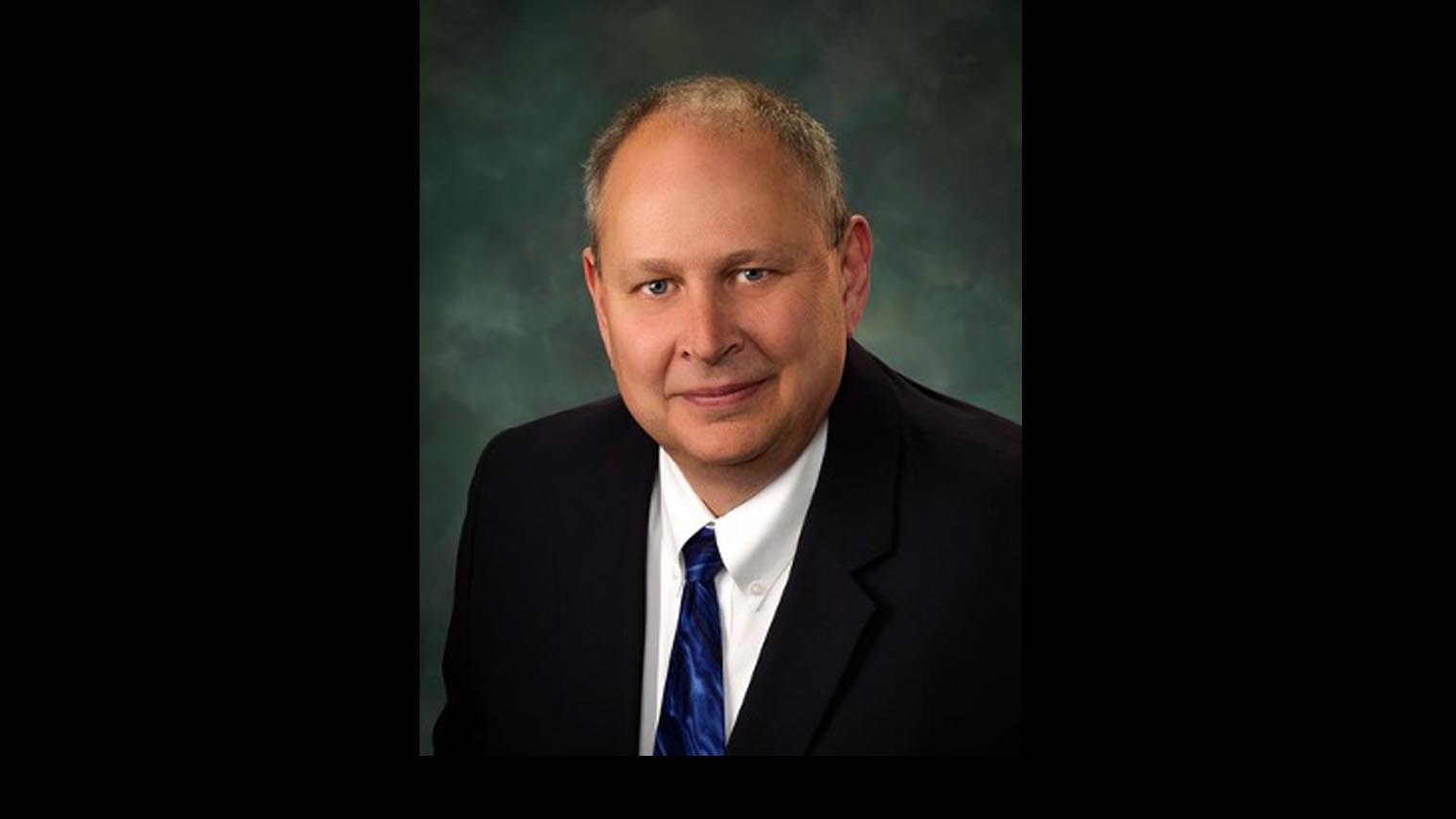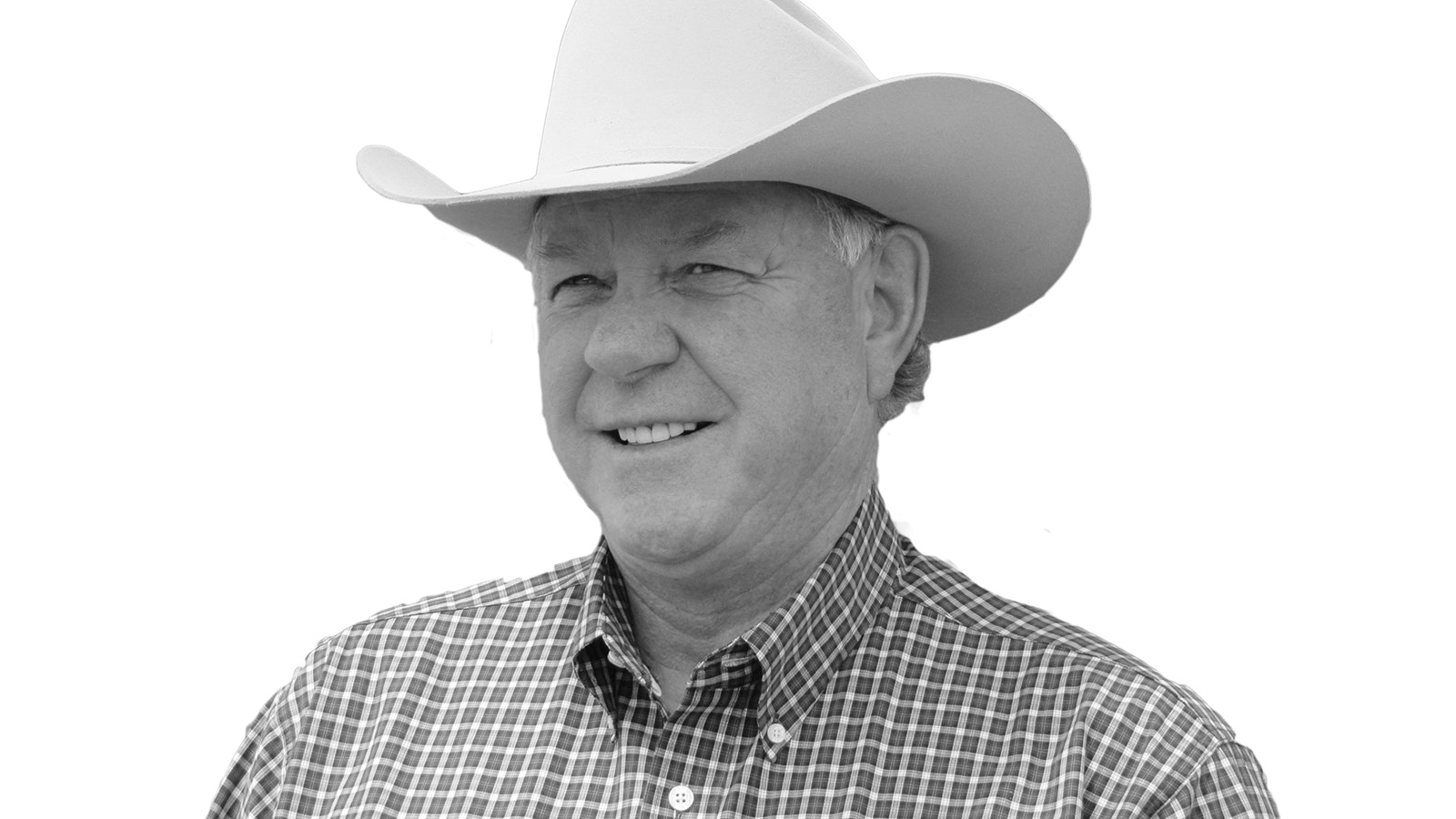Last Saturday, the Sunrise Historic and Prehistoric Preservation Society (SHAPPS) offered a sample of Wyoming’s rich, diverse and amazing history. Put next year’s annual tour of Sunrise on your bucket list.
The weekend started with dinner at the Miners and Stockmen’s restaurant, in Hartville, Wyoming. The restaurant boasts the oldest bar in Wyoming. Renee Jean wrote a marvelous article about the restaurant.
(I suggest going there at the end of the summer, after the chokecherries have ripened, and having their signature drink, the Sweet Melissa – but only have one.)
Sunrise, a town one mile up the road from Hartville, started as a copper mine in the 1880s. When the copper played out, and the mine was acquired by the Colorado Fuel and Iron Company.
The mine’s history is too rich to detail in a 750-word column, but after several strikes, stock battles and other mystery and intrigue, the company ended up in the hands of the Rockefeller family.
Sunrise was a company town, complete with a company store, meat market and doctor's office. Miners came from all over the world to work in the mine, making Sunrise a true melting pot of cultures.
Sunrise was an alcohol-free community populated by about 500 miners. Hartville, on the other hand, was not a company town, and boasted several bars and brothels. The community fathers of Hartville taxed both activities to operate their prosperous community.
After the Ludlow massacre in Colorado in 1914, where 21 people were killed, primarily wives and children of miners, John D. Rockefeller, Jr. realized he needed to clean up his act and his family’s reputation. As a result, he decided to change the working conditions and company town culture for the employees of Colorado Fuel and Iron.
Rockefeller built high quality worker housing, a hospital, a school, a church and recreational facilities – including the first YMCA in Wyoming which included a three-lane bowling alley, a basketball court, pool table and theater. Rockefeller’s reforms after the tragedy were progressive for the era.
The economics of the mine slowly declined through the 1970s. In order to avoid paying property taxes, the mine would burn down unused buildings costing Wyoming valuable pieces of history
The mine operated until 1980s when Colorado Fuel and Iron filed for bankruptcy and was abandoned.
For several years, the mine and buildings fell into disrepair, and were the subject of much vandalism.
The property was sold for back taxes, and then, ultimately, acquired by John Voight, a Wyoming entrepreneur in 2011. Voight bought the property speculating on the value of the iron ore still in the ground. He also heard the Chinese were trying to buy the property and he wanted to keep the iron ore assets in Wyoming hands.
Voight currently owns the Sunrise mine and the town of Sunrise. In an act of great generosity, Voight donated the YMCA to SHAPPS.
To visit the privately held community, you will need Voight’s permission, or arrange a tour with SHAPPS.
In an intriguing bit of happenstance, one of the greatest archeological sites in the United States near Sunrise was almost lost forever.
In the late 1930’s, Wayne Powers was the basketball coach in Sunrise – until he went off to WWII. During that time Powers gathered artifacts near the town.
He returned to Sunrise for 1986 school reunion.
To his shock, he discovered, the Wyoming DEQ was in the process of reclaiming the mine. The Powers II archeological site was within a couple days of being bulldozed into oblivion. Powers made a quick call to Dennis Stanford at the Smithsonian, who called UW Archeology Professor George Frison.
Frison went to the site prepared to lay in front of the DEQ’s bulldozers A call to the governor stopped the reclamation, and a new plan was reached that preserved the site.
The Powers II site is a world-class archeological site, with artifacts dating back 13,000 years. The site attracted Native Americans because the red ochre pigment they prized for religious purposes and as a primitive suntan lotion.
Now, students from all over the world attend Dr. Steven Howard’s Archeological Field Program offered by Eastern Wyoming College. Wyoming is lucky to have Voight’s generosity in allowing archeological exploration and Hansens’ excellent program.
SHAPPS is accepting donations for their preservation work, and are deserving of every penny they receive. If you give on July 16, WyoGives day, your donation will be boosted by the Hughes Charitable Foundation.
You can also arrange a private tour of the property by contacting SHAPPS on their website, Shapps.org.
The tour was amazing, the history rich and the opportunity for learning unlimited. We are lucky Wyoming has such history-minded folks who are willing to preserve Wyoming’s stories.
Put the tour on your bucket list.
Tom Lubnau served in the Wyoming Legislature from 2004 - 2015 and is a former Speaker of the House. He can be reached at: YourInputAppreciated@gmail.com





